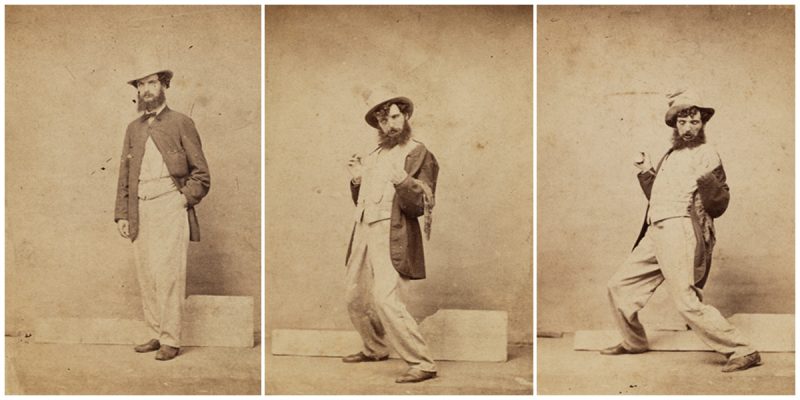The Five Stages of Inebriation is a set of photographs that illustrate the effects of drunkenness in five stages, the slow transformation from sobriety to complete intoxication – showing how alcohol affects physical coordination. A male actor plays the role of the drunken man.
From sober but wide-eyed all the way to passed out on the street, this dapper 19th-century gentleman shows off just what type of effects various amounts of alcohol will have on you.
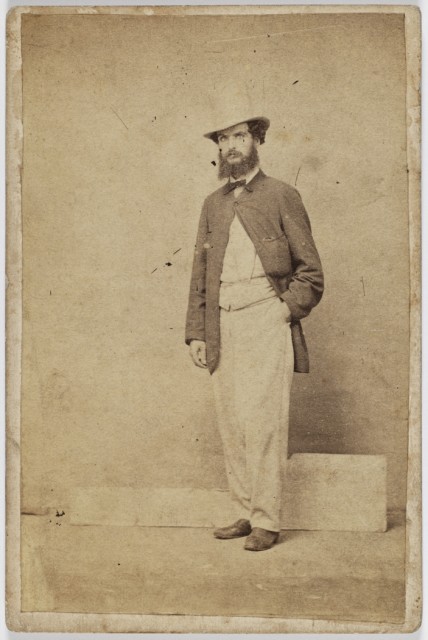
Captured by Charles Percy Pickering back in the 1860s, these are considered to be staged photographs showing off the various stages of drunkenness for use in educational resources directed towards temperance groups. The photographs may also have been used by an engraver for illustrations.
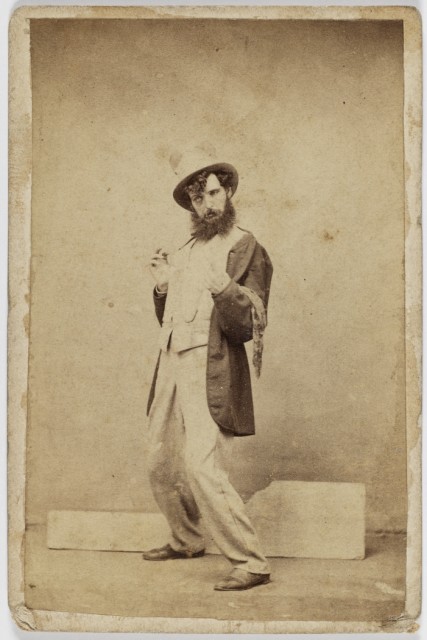
Temperance societies were groups who opposed the drinking of all alcoholic drinks, such as wine, beer or spirits. They encouraged people to be “teetotallers”, those who do not drink any alcohol at all.
The term teetotaller emerged because English temperance campaigner John Turner had a speech defect called a stutter. In a speech he was heard to argue that: “N-n-nothing but t-t-t-total abstinence will do.”
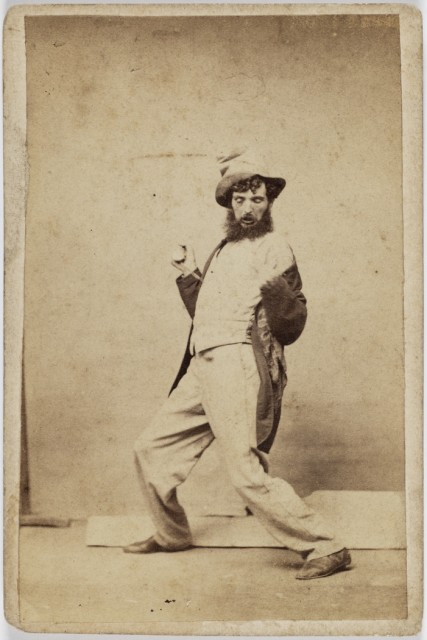
Temperance societies encouraged governments to pass laws that banned alcohol or limited its availability. During World War I in Australia the federal government passed laws that meant pubs could not sell alcohol after 6:00 pm. This led to the “six o’clock swill”, where men would try to drink as much as they could in the short time between work hours concluding at 5:00 pm and the official pub closing time. Six o’clock closing did not end until 1967.
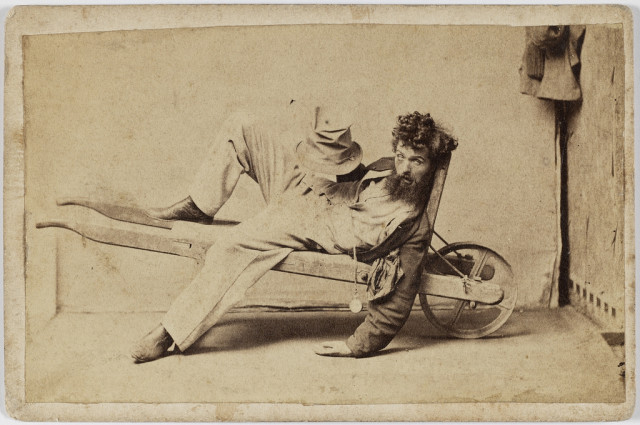
The photographs were purchased by the State Library in 2007. These are albumen print photographs. Until the turn of the twentieth century, almost all photographs were printed on paper made using egg whites! Albumen print photography was invented by Frenchman Louis-Desiré Blanquart-Evrard in 1850.
This process was most popular in the 1850s to 1860s, when Australian photographer Charles Percy Pickering produced The Five Stages of Inebriation. Albumen print photography was used in Australia until the 1920s.
Albumen prints are easily recognised by the warm brown colour of the background and the yellow and cream colour of the highlights. They provide excellent detail and a warm glossy appearance to the photograph.
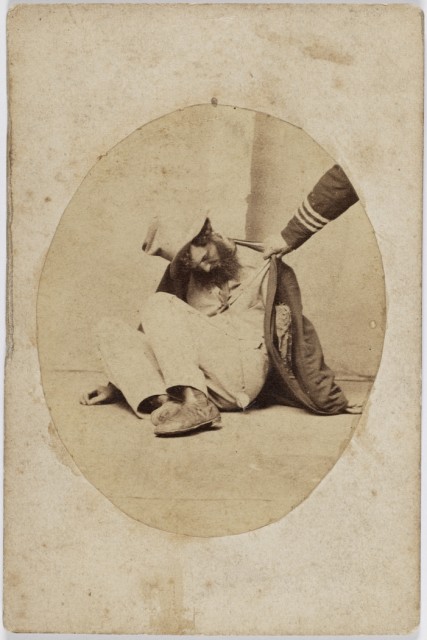
The State Library of New South Wales, like any collector of albumen photographs, takes care to preserve them by keeping them dry and cool. Exposure to light is kept to a minimum and they are never left on display for very long. Paper photographs can be affected by mould if they become damp.
Source and Photos: State Library of NSW
